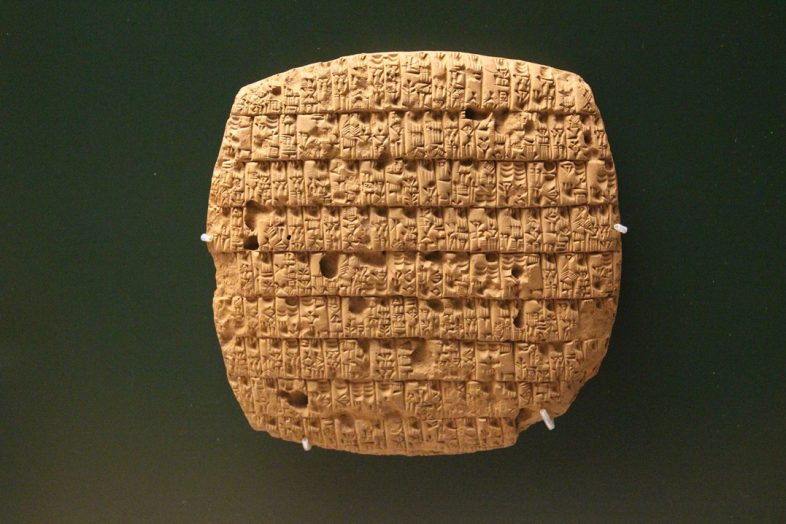What remains for us to do is to learn how to read it. Ten years ago the discovery by chance of the origin of Arabic Numerals altered us to the possibility that other origins can be identified if the right etymology tools are perfected. The effort to devise such tools were hampered by three different setbacks. One of them forced the re-writing of the book Origin of Speech (Origin of Semitic Languages) six times. It was overcome when Akkadian provided the platform for comparative study of the Babylonian and Assyrian tongue and Ancient Arabic, the lineage ancestor of Modern or Textual Arabic.
The second setback was to account for up to 2,000 unidentifiable entries in Lisan al-Arab, the 13th century AD most comprehensive lexicon. Again Akkadian proved to be a key in understanding the construdtion of those entries and consulting dialectal Arabic led to the conclusion most of those entries were inventions by classical lexiographers some of whom doubled as commentators of the Quran, the Muslim holy book. Drowning the the various lexicons of the time with hundreds of invented entries may have been devised to confuse the search for the roots of triliterals and present some of the lexiographers as the unchallenged authorities of what they perceived to be the sold language of the Quran.
The third setback was the massive letter migration of hundreds of other entries in Lisan al-Arab. Akkadian is plagued with similar letter migrations and more so several European languages. The migration appears to have been started with words beginning or comprising of the letters ‘g’ and ‘p’. In Ancient Arabic, English, German, French and other languages ‘g’ was substiuted for ‘k/c’ and ‘j’ and ‘x’. In Ancient and Modern (testual) Arabic, ‘k’ and ‘j’ are used sa but ‘q’ was added. The ‘p’ was migrated to ‘b’ and ‘f’ but in languages, such as English and French, ‘v’ was used.
The devedlopment of triliterals, probably in Central Arabia, was a solution to generate new words to identify and describe the various activities of the Agricultural Era but the new linguistic structure created many problems. The inventors of triliterals may or may not have been aware that triliterals, made of a biliteral (two-letter) root and a third additional letter, can be two different biliteral roots not a biliteral root and its third letter extension. This is the reasons why hundreds of entries in Lisan al-Arab have a double semantic domain combining meanings from one of the biliteral root and the other.
English, French, German and other European languages have a limited number of triliterals but the main two methods used to expand the languages with compounds of two, three, four and sometimes more biliteral roots in a single formaton. The other method involved the substantial use of vowles to extract more meanings from the original biliterals.
Last modified: June 1, 2023



